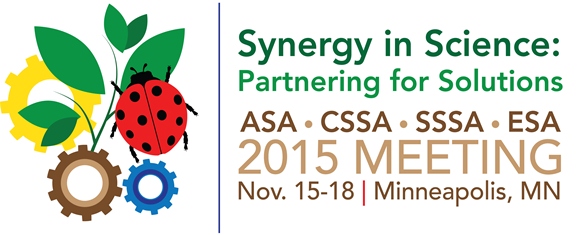Insecticide Regimes for the Control of Frankliniella thrips in Central Florida Strawberry
Insecticide Regimes for the Control of Frankliniella thrips in Central Florida Strawberry
Monday, March 16, 2015: 3:27 PM
Magnolia E (Beau Rivage Resort & Casino)
Insecticide trials for the management of flower thrips (Frankliniella spp.) in strawberry were carried out in March-April 2014 to compare the efficacy of insecticide rotations with reduced or no spinetoram (Radiant) applications to a treatment regime with three applications of spinetoram. Frankliniella bispinosa, F. occidentalis, and F. schultzei were found to be the most common species. In terms of total numbers of thrips, no statistical significance was found between the treatment with three applications of spinetoram and those with only one or two applications. Tolfenpyrad, which is not presently registered for use in strawberry performed well. Bifenthrin was not found to differ statistically from the control in total numbers; however, it had significantly more larvae than the control and it shifted the species composition away from F. bispinosa and towards F. occidentalis and F. schultzei. Some of the treatments using spinetoram also shifted the species composition more toward F. occidentalis. Most regimes had lower numbers of the predator Orius insidiosus than the control. We conclude that it is possible to use reduced spinetoram regimes (<3 applications) for effective control of thrips in strawberry.
See more of: M.S. Student Oral Presentation Competition III
See more of: Student Ten Minute Paper Competition
See more of: Student Ten Minute Paper Competition
<< Previous Presentation
|
Next Presentation


